The Role of HR in a Continuous Improvement Organization: The Leadership Mindset
(Reposted by permission of the author from LinkedIn)
What should a leader be thinking about? The leader of an HR organization is engaged in a complex undertaking. It has in its charter the entire people system sustainment and improvement. These leaders rely on information, experience and reflection to support their decision making. They must be always willing to take a step back and assess if their actions are consistent with the organizational aims. This simple process gets repeated many times per day.
There is a context for the role, and it is based in organizational success at any moment resulting from change happening at a steady pace. HR should aim for well-defined goals, targets, plans and operating principles to support the mid and long-term strategic view. HR is a subset of the organization with its own strategic plan but unlike all others, it is the integrating force for the people of the organization. In general terms, the leader of HR must be concerned with overall success of the organization, its safety and wellness, the development of the members, the selection of well suited talent, the sustainment of the values and principles and the accomplishment of the changes indicated in the annual and long-term plans. This indicates that the integration of all aspects of HR into the organization is also aimed at the system of work and the development of its people. This is its North Star. It is key to make sure the totality of the decision made creates system-wide and not isolated effectiveness and efficiency.
The HR leader must be fully versed in the business perspective and the implication it has on the people system. The very worst thing an HR person can do is to not prepare for the future of the people. The trust and respect of the organization relies heavily on the ability of HR to look out for all the employees viewed through the lens of business success. The impact of not doing this is to lose the trust of the people and spend all its time regaining trust instead of making improvement. This is a critical error for any HR organization.
As we have discussed earlier it is easy for HR to be marginalized and two ways are principle in making that happen; not being part of the business team and not being able to move the people system to higher levels of engagement. If HR is not a full member of the management team, the other members will make their own decisions and run the risk of not incorporating good human relations thinking.
When reflecting on the importance of the role of HR, the leader must realize that their North Star is the same as all other organization leaders. First, they must support the delivery of value to the customer and second, to develop individuals and the organization to higher levels of performance. In analysis of these two priorities, it is clear that HR’s activities must be stable and continuously improve.
The next aspect of HR leadership is how the leader should think. The process is one of good critical thinking. The HR process for solving problems must be the exact same as all other leaders in the organization. This is to create a reliable and valid way of solving problems using the common language of good critical thinking. When following the pattern of problem solving it is initiated by grasping the situation; it is characterized by finding the existing facts and defining the problem to be solved. This is followed by setting the direction for the organization and delegating the detailed planning to the subordinates so they can grasp their situation and create their plan to support the leader.
Once the plan of the subordinate is set and mutual agreement is reached, the leader can determine the support needed for the individual plans. The leader’s role then shifts to monitoring the execution of the plan with the intention of supporting its accomplishment through coaching, mentoring and providing resources. As the plan proceeds, the major aim of the leader is to find problems and assist the subordinate in solving them without taking their accountability away. During the planning period formal reviews are conducted and the plans of all the subordinates are reviewed to solve problems and support each other. The leader facilitates this by asking open ended questions that will cause subordinates to think through their problems.
During the last review of the year, three simple questions are asked and responded to by the subordinates. Did we accomplish our goals, how can we standardize good results, and should we retain those things not done for the next planning period? This is the beginning of grasping the situation for the next year.
The aim for the leader is to embed the same skills required for their role into their subordinates so they will behave the same as the leader. The primary competencies required as planning, problem solving and developing their subordinates. For the HR leader, their competencies that are complementary are planning, problem solving thinking and providing support.
So how should the leader act in their role to accomplish not only the goals of the organization but to also develop its leaders for the future? There are several aspects to this question. The first action is to understand the organization and the business, its aims and its plans for improvement. This includes the vision and operating principles. The operating principles utilize the HR Gold Standard as their guide to achieve full HR potential. These standards are:
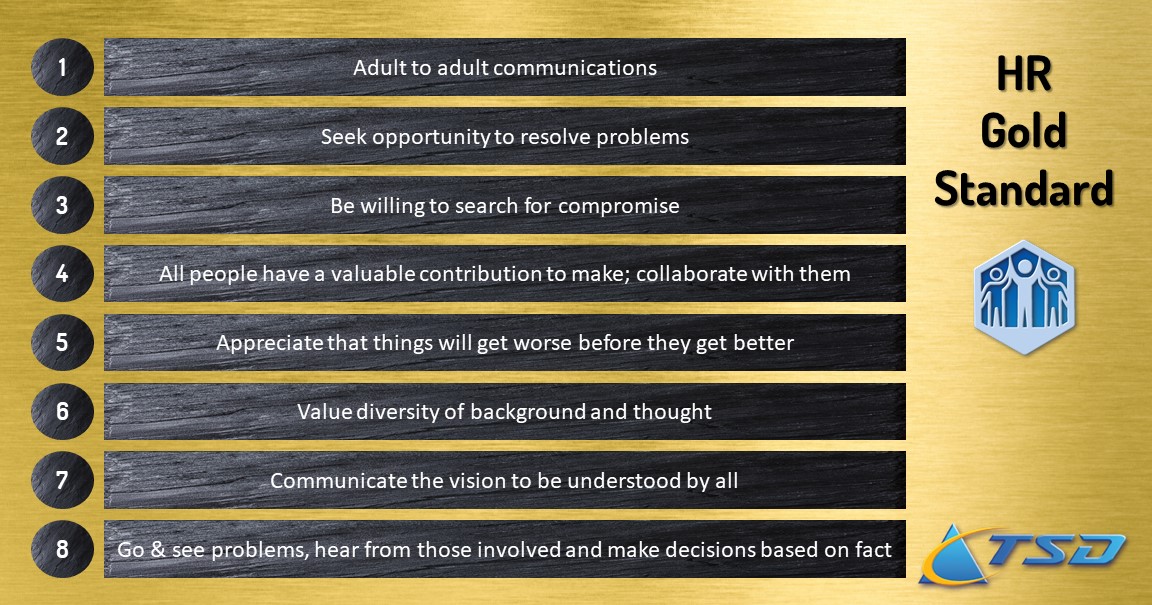
These standards are to be operationalized into daily interaction throughout the entire organization. Additionally, they are to be taught to all other leaders to ensure the intended outcomes are consistent throughout the entire organization. These standards are a thinking and reflection aid used to create mutual trust and respect. They provide the test for all interactions to create mutual trust and respect.
These standards should be integrated into the routines of the HR leader and become familiar and worthy of respect from all employees. It is in the consistent practice of these that create open and honest interaction with all members through mutual trust and respect as a value held at all levels of the organization. For the leader, prescience is the single skill that allows the prescriptive nature of routines to achieve real information from the members. This then used to form the current situation for problem solving when a deviation from these standards occur. This is a meaningful determiner of the HR success in the organization.
During these interactions, it is a great time to develop those engaged. HR should promote the use of time in any initiative to support development. Development can occur in the planning process, in daily interactions and in solving problems. HR and the other leaders in the organization must use their time efficiently to develop. These engagements can enhance the learning through coaching and mentoring in a way that allows the subordinate to learn and grow. Development should not only happen in the classroom; on the job training is the most successful place make learning practical. HR must manage on the job training to achieve its aims of development of everyone.
The information gained in the application of the routines is a great source of assessment of the current level of competency of the sub leaders and the performers. This information is vital to the development of a plan to improve organizational competency. There are other sources of performance behavior that should be utilized such as the impact of development on organizational performance, the level of participation by the subordinates and proper use of competency to achieve customer satisfaction and development of others. I hope you can see that even though the subjects are slightly different for HR, the process of creating performance from their operations is exactly the same. We will discuss the routines in more detail at a later date.
Finally, I want to discuss how the HR organization should act. Being a part of the entire organization requires them to understand how time should be spent. In every organization the goal deployment process should only spend 20% of their time achieving improvement from their goals. The rest of the time should be spent on achieving customer satisfaction through the master schedule of goods and services to the customer. Too many HR organizations react and act on the basis of having the power to command that HR enhancement happens when HR decides it is needed. For HR, the rest of the organization is their customers. These other organizations have their own requirements to accomplish. If the situation is set up that HR requests/initiatives are planned to be accomplished, then they must be part of the process of achieving organization consensus on HR goals. It is reasonable that all organizations in their goal setting must coordinate with HR and HR with them to account for the time taken away from their production or service goals. This should be an outcome for their planning. HR must demonstrate through effective action that their goals are a positive addition to the process of adding value. Production plans must be set up to accomplish the master production or service delivery schedule and accommodate the accomplishment of tasks to support the changes HR is initiating.
The leadership mindset must be far reaching and in touch with what can and will get done and provide the justification for taking time from operations. The leader must have the ability to demonstrate the benefit of the proposed initiatives with their associated short and long-term outcomes to be achieved. In this way, HR can earn the trust of all organizations within the company.
HR must also monitor and manage the time taken for their initiatives to achieve their commitment to the production/service departments. This requires that HR have a presence in those areas to observe, coach and support the accomplishment of all the goals. This role is a critical element for the HR leader to assess and manage daily interactions with the capacity to coach all involved into success. This process is critical for mutual trust and respect at the operational level.
The story about how HR leads always goes back to the HR Gold Standard. Not only must HR promote them but must demonstrate them in a way that teaches the organization how to adopt a set of behaviors that support organizational success. The mindset of HR will only then demonstrate and support of the entire organization and the intent of mutual trust and respect.
In time, HR leadership will meet accountability for all to achieve the aims of the organization and the interaction with each other that is positive and productive.

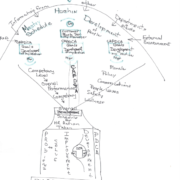 2019, Total Systems Development, Inc.
2019, Total Systems Development, Inc.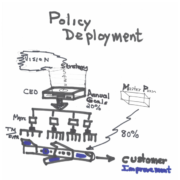 2019, Total Systems Development, Inc.
2019, Total Systems Development, Inc. 2019, Total Systems Development, Inc.
2019, Total Systems Development, Inc.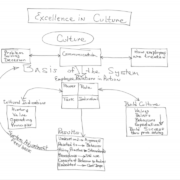 Total Systems Development, Inc., 2019
Total Systems Development, Inc., 2019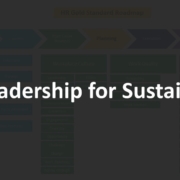 2019, Total Systems Development, Inc.
2019, Total Systems Development, Inc.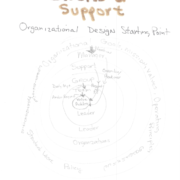 2019, Total Systems Development, Inc.
2019, Total Systems Development, Inc.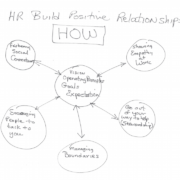 2019, Total Systems Development
2019, Total Systems Development 2019, Total Systems Development, Inc.
2019, Total Systems Development, Inc. 2019, Total Systems Development, Inc.
2019, Total Systems Development, Inc.